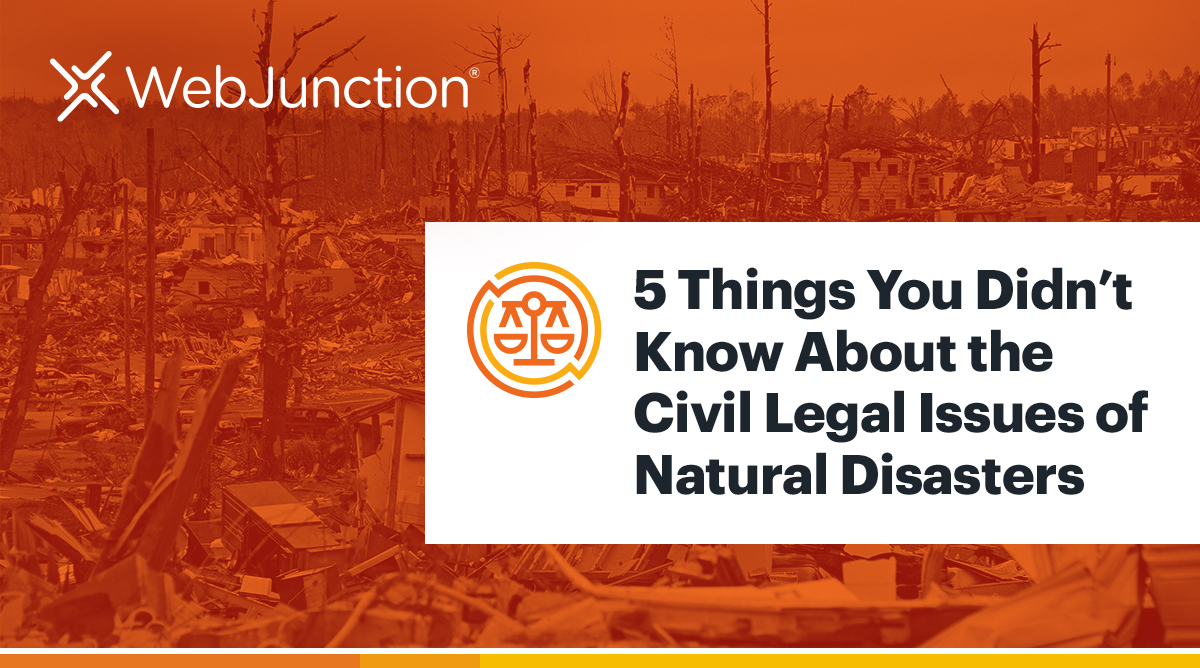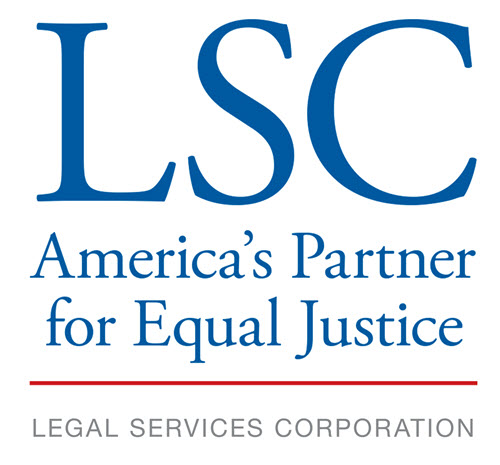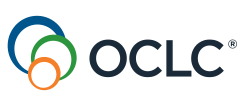Five things you didn’t know about the civil legal issues of natural disasters
Civil legal issues can be confusing to all of us, and the emergent nature of a natural disaster means things are happening quickly, and people are in crisis. This article seeks to point out a few of the details that might get lost in the chaos of a disaster but are important to library staff as they try to understand the landscape and assist patrons. Here are five important things to know about the civil legal issues of natural disasters.
1. In the aftermath of a natural disaster, a person who does not typically qualify for SNAP may be eligible for DSNAP – or disaster food assistance.
Households not normally eligible for SNAP (Supplemental Nutrition Assistance Program) may qualify for DSNAP because of their disaster-related expenses, damage to property, and in some cases, loss of food due to power outages. Examples of disaster-related expenses can include home or business repairs, temporary shelter expenses, evacuation expenses, clean-up items expense, and storage and moving expenses. DSNAP is limited assistance and usually only available for one month, but certainly helpful in a crisis. For more information, visit D-SNAP on DisasterAssistance.gov.
WebJunction’s Navigating Civil Legal Issues of Natural Disasters 1 – The Disaster Response Network has a lesson titled “Meeting the Most Urgent Needs,” which covers resources to meet immediate survival needs when your library’s community is hit by a natural disaster.
2. The Small Business Administration can assist individuals after a disaster – including those who do not have a business.
Many people don’t realize that the Small Business Administration (SBA) is involved in disaster recovery for individuals, not just businesses. For example, they can offer a low-interest loan for a person who doesn’t have insurance, or enough insurance, to repair their home. FEMA assistance will make a home habitable but not put it back to what it was, and so SBA can help fill in some of the gaps.
WebJunction’s Navigating Civil Legal Issues of Natural Disasters 2 – Trauma Response and Disaster Assistance explains what you should know about the SBA Disaster Assistance program and how it can help patrons recover after a disaster.
3. Thirty-seven states, along with Guam, Puerto Rico, the U.S. Virgin Islands and the District of Columbia, have statutes or regulations that define price gouging during a time of disaster or emergency.
When retailers and others use the increased demand for goods or services in a state of emergency as an excuse to charge exorbitant prices, it is called price gouging. It is usually defined as unfair or deceptive trade practices and is accompanied by civil penalties. If prices are 10 or 15 percent higher (some states have different thresholds), then it may be determined that price gouging has occurred [1]. Contractor fraud is also common after a disaster when recovery money begins to flow into a community, and bad actors know people are desperate for repairs.
WebJunction’s Navigating Civil Legal Issues of Natural Disasters 2 – Trauma Response and Disaster Assistance has a lesson titled "Common Issues: Fraud, Scams, and Other Pitfalls," which covers price gouging, contractor fraud including a simple handout for patrons, and more, and equips you to spot troublesome issues and help with information and referrals.
4. FEMA's Common Disaster-Related Rumors page can help keep communities safe by offering accurate information.
During natural disasters, the spread of misinformation and disinformation can create confusion, fear, and even put lives at risk. False claims about evacuation routes, weather conditions, or emergency aid can divert people from safe options or delay critical response times. This FEMA resource can help community members stay safe by being aware of rumors and scams, and making sure the information they rely on during a crisis is safe and accurate. Visit the Common Disaster-Related Rumors to learn more and access additional FEMA information and resources.
5. Medium-sized disasters, which are less likely to receive long-term public recovery funding, appear to lead to larger and more consistently negative effects on financial health than large disasters [2].
The negative effects of disasters persist, or even grow over time, for important financial outcomes. For example, the number of people with debt in collections after the first year following a medium-sized natural disaster is 5 percent higher than usual, but after four years, the number with debt in collections doubles to 10 percent. This bleak financial picture often leads to legal troubles, e.g. foreclosures, evictions, and wage garnishment. Strong partnerships with legal aid can help you make effective referrals.
WebJunction’s Navigating Civil Legal Issues of Natural Disasters 3 – Ongoing Issues and Mitigation covers some of the delayed impacts of disaster including bankruptcy.
To learn more about the project, visit Improving Access to Civil Legal Justice through Libraries, enroll in the foundational series of courses, Creating Pathways to Civil Legal Justice, and the follow-on course series, Navigating Civil Legal Issues of Natural Disasters.
Three free courses in Navigating Civil Legal Issues of Natural Disasters:
- Disaster Response Network
- Trauma Response and Disaster Assistance
- Ongoing Issues and Mitigation
This project was made possible in part thanks to financial support from these organizations:
Footnotes
[1] Price Gouging State Statutes, National Conference of State Legislatures, Updated 10 March 2022
[2] Caroline Ratcliffe, William Congdon, Daniel Teles, Alexandra Stanczyk & Carlos Martín (2020) From Bad to Worse: Natural Disasters and Financial Health, Journal of Housing Research, 29:sup1, S25-S53, DOI: 10.1080/10527001.2020.1838172



